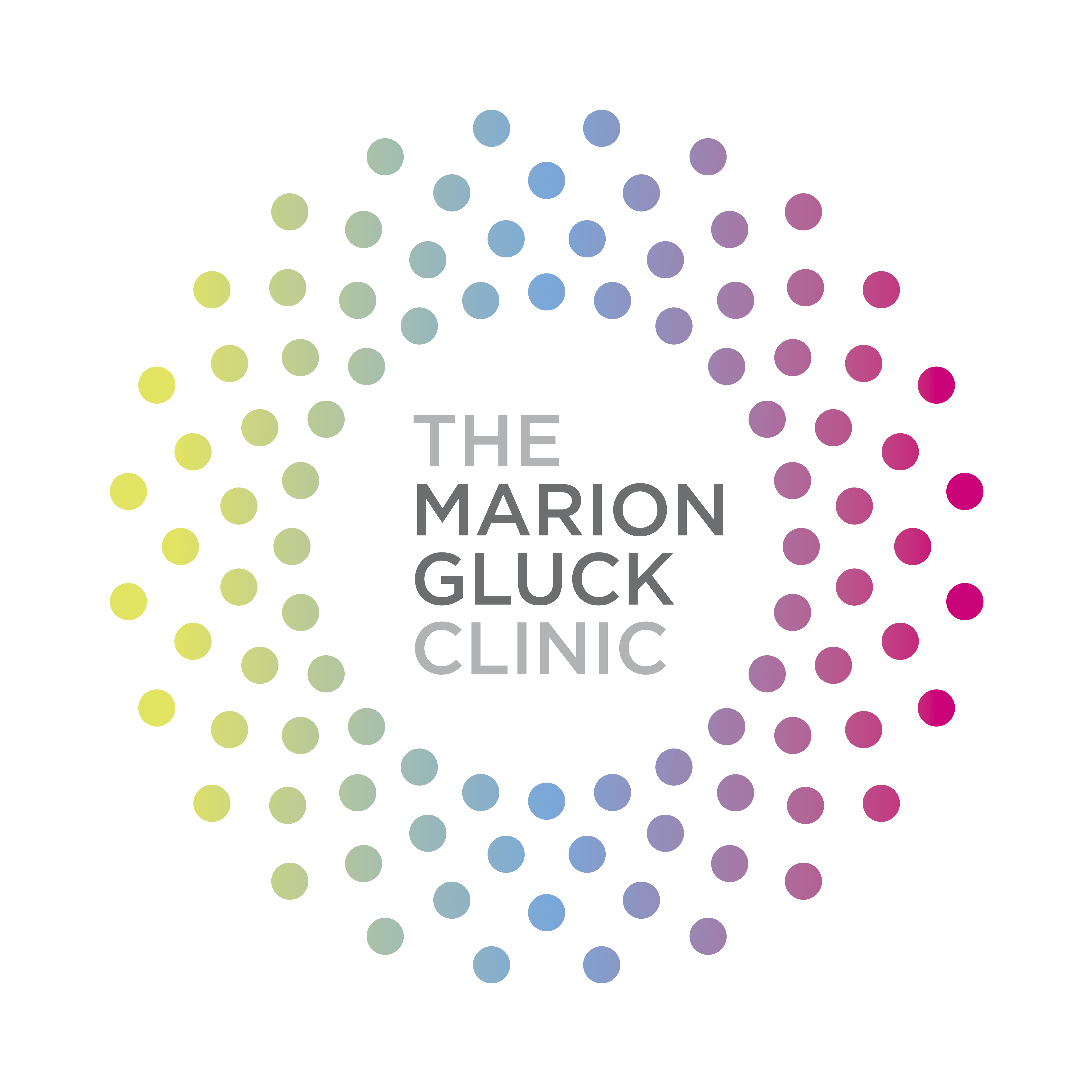How To Sync Your Workout Routine With Your Menstrual Cycle
We all have a circadian rhythm — a 24-hour biological rhythm that makes us fall asleep at night and feel most alert in the morning. But while men only have the circadian rhythm to contend with, women have a second body clock as well — their monthly cycle.
Do you know men who are annoyingly consistent about rocking up to the gym every morning with perfect Tupperware boxes stacked high with protein snacks? Have you tried the same, only to find that your best intentions unravel faster than a torn jumper?
Rather than thinking you’ve somehow failed, it's important to consider the effects that your second body clock has on you at certain times of the month, because it affects just about everything.
Your second body clock
Let’s talk about the impact your menstrual cycle has on the rest of your body. Your second body clock affects:
Your brain: it changes your brain chemistry over the course of each cycle, meaning you focus better at different times of the month
Your metabolism: your metabolism, appetite and energy levels all change across the month
Your stress levels and your immunity: cortisol levels go up during certain phases of your 28-day cycle, affecting your immune system and how much stress and inflammation you experience
Your microbiome: your microbiome — the complex community of microbes that live in your gut — is also influenced by your monthly cycle
So it should come as no surprise that your monthly cycle affects your ability to exercise. Not only this, but at certain points in your cycle, you’re more prone to excel at lifting weights or to struggle with endurance training.
At the 2016 Rio Olympic Games, Chinese swimmer Fu Yuanhui explained that she thought her performance was affected by being on her period. Chelsea FC women’s football team even sync their training schedules to their menstrual cycles.
And even if you’re not in their league and are thinking more along the lines of your ability to roll out of bed for the odd Zumba class, it's good to understand what exercise suits you best in each phase of your cycle.
Syncing your monthly cycle and exercise routine
First off, let’s go through your menstrual cycle in more detail. Your monthly cycle has three phases:
Phase 1: Follicular – this includes menstruation (the days that you are bleeding) and the days afterward, up to around day 14 of your cycle
Phase 2: Ovulatory – days 15–17 in the middle of your cycle, where oestrogen levels peak
Phase 3: Luteal – days 18–28 days between ovulation and your next period
(Bear in mind that the timings we’ve listed are a rough average — everyone is different and has different menstrual timelines.)
So what does this mean for your exercise routine? And how can you sync up your cycle with your exercise routine?
The follicular phase
While bleeding, most women feel below par when it comes to sport. However, if you do manage to do some gentle exercise during this time, it can help alleviate menstrual symptoms such as cramps, joint aches and fatigue.
After you’ve finished bleeding — and for the rest of the follicular phase — oestrogen rises, which helps build muscle mass. That means this phase is a great time to train.
Ovulation
Ovulation comes with a surge of oestrogen and testosterone which makes you feel motivated and energetic. It’s an ideal time to push yourself in sports — if you’re not too busy doing the 1001 other things you want to do in this magic window.
In the window of ovulation, you should find it easier to do high-intensity exercise and get your personal bests. However, there’s a caveat. Increased oestrogen makes ligaments and tendons more lax, so it's imperative to warm up properly. If you don’t, you might be more likely to injure yourself around this time.
The luteal phase
You can continue training in the second half of your cycle, but you need carbs at this point to fuel your workout. If you’re doing high-intensity training and you don’t add carbs, your body can actually start to hold onto weight.
If you find that you’re getting PMS (premenstrual syndrome) as you approach your period, switch from long cardio sessions to slower, lower-impact workouts. These can still be long, but you want to focus on more manageable routines instead, while still getting that mood-boosting endorphin hit.
Make sure to eat enough slow-release carbs before and after exercise too, because you’re going to be more prone to blood sugar crashes when you’re premenstrual.
If you get premenstrual stress, see if you can benefit from bioidentical PMS treatment which can stabilise blood sugars, reduce weight and help you feel your best all month long — get assessed for treatment here.






